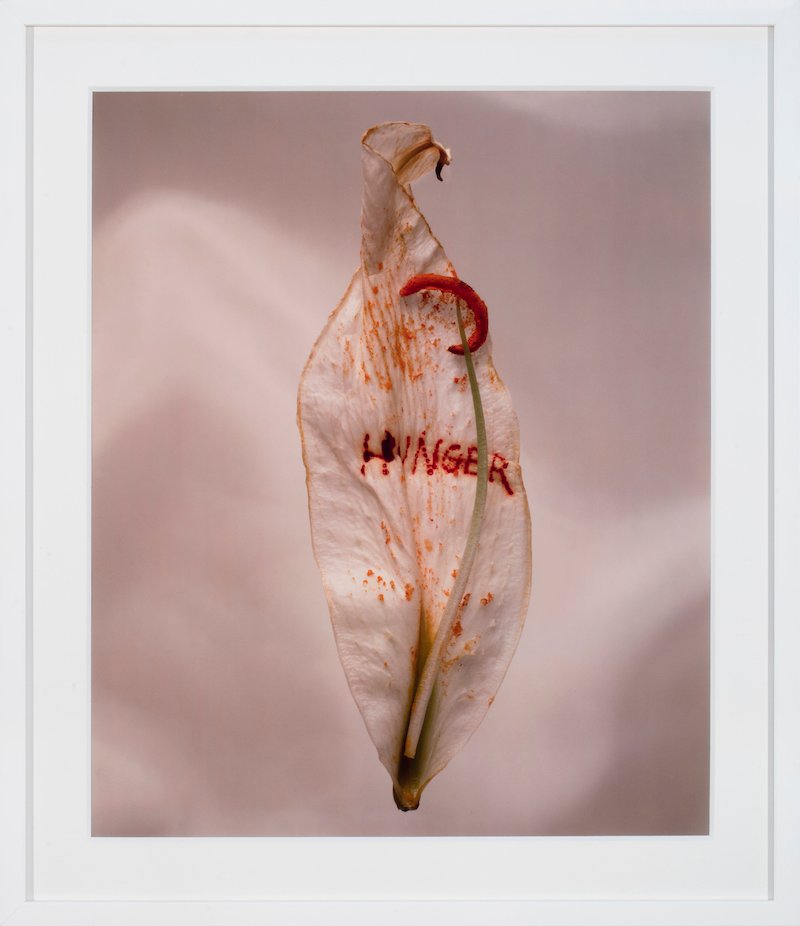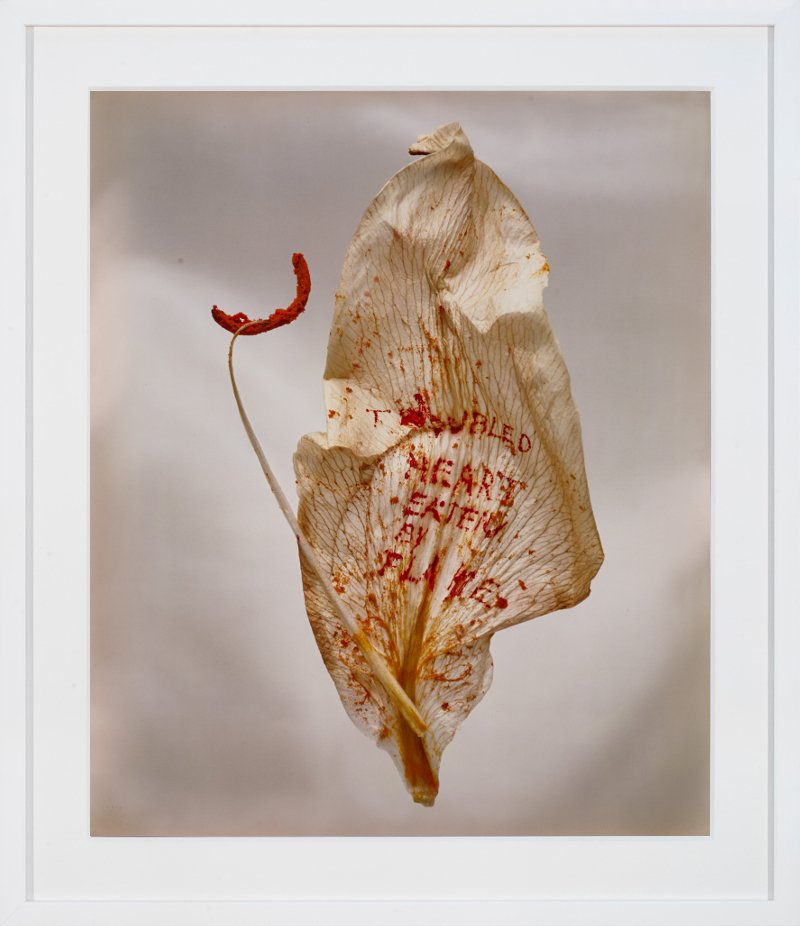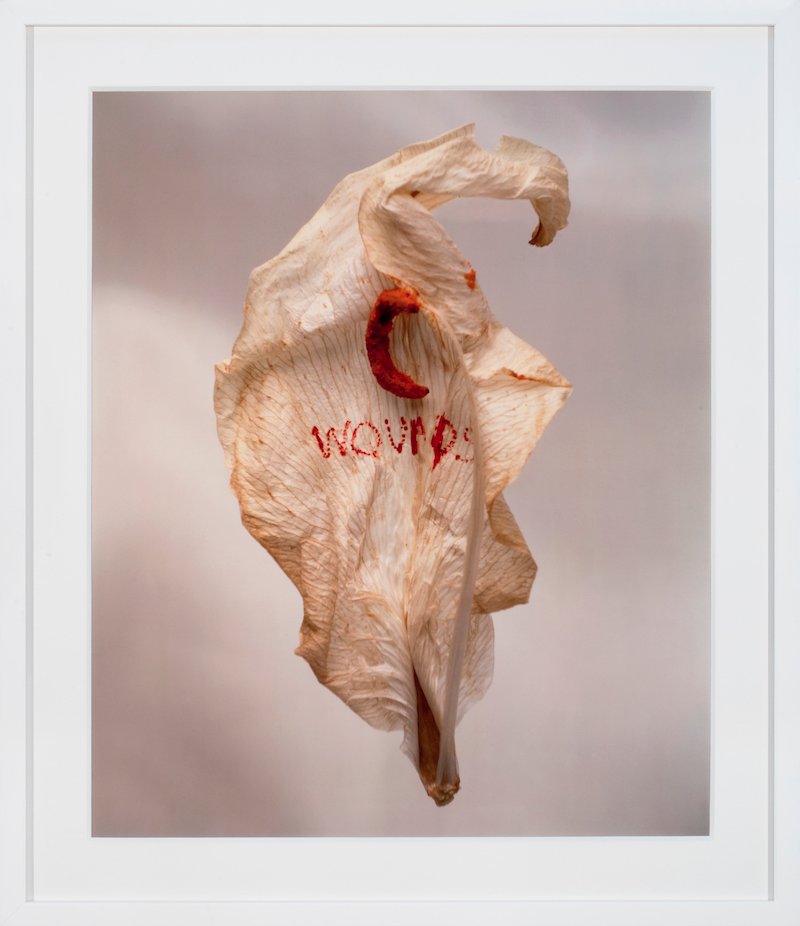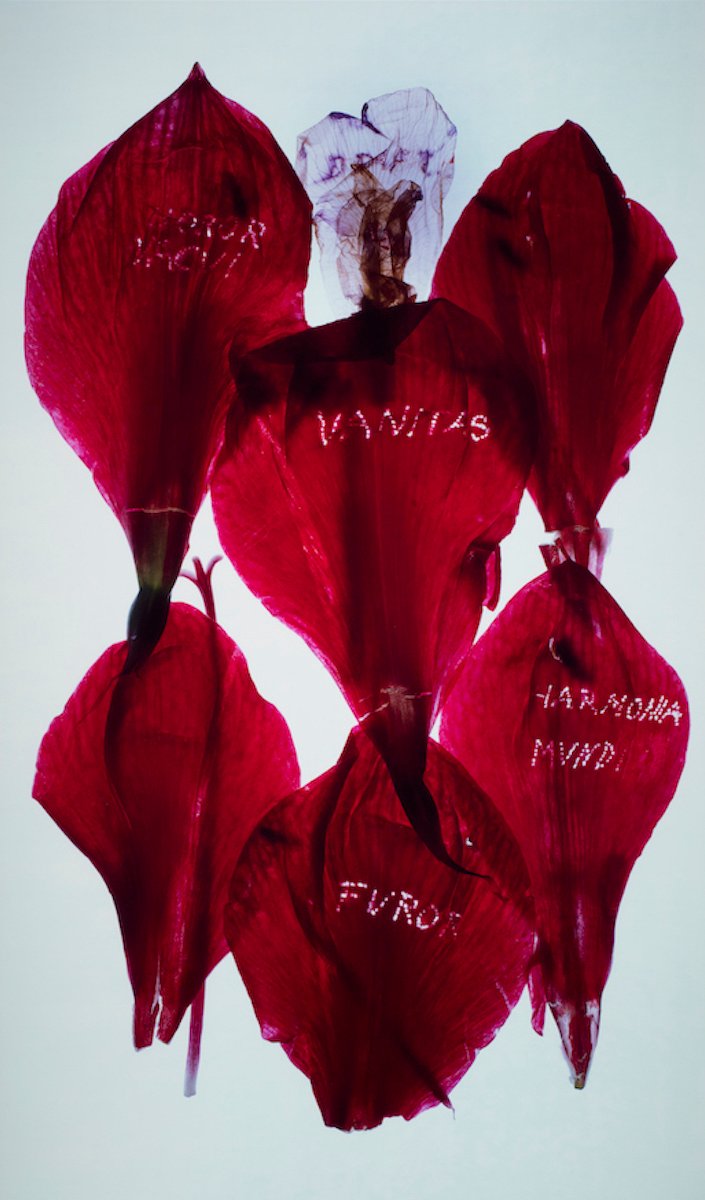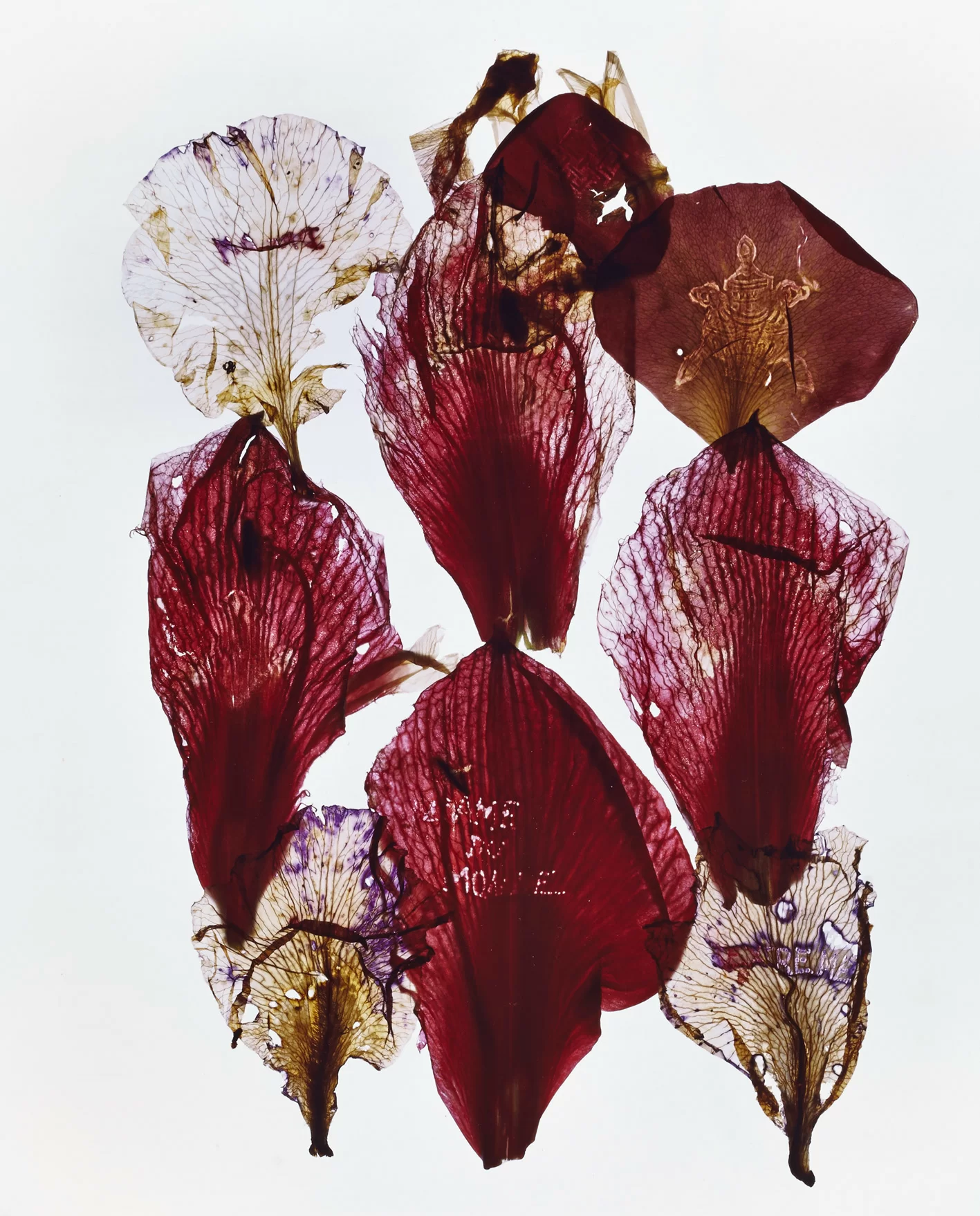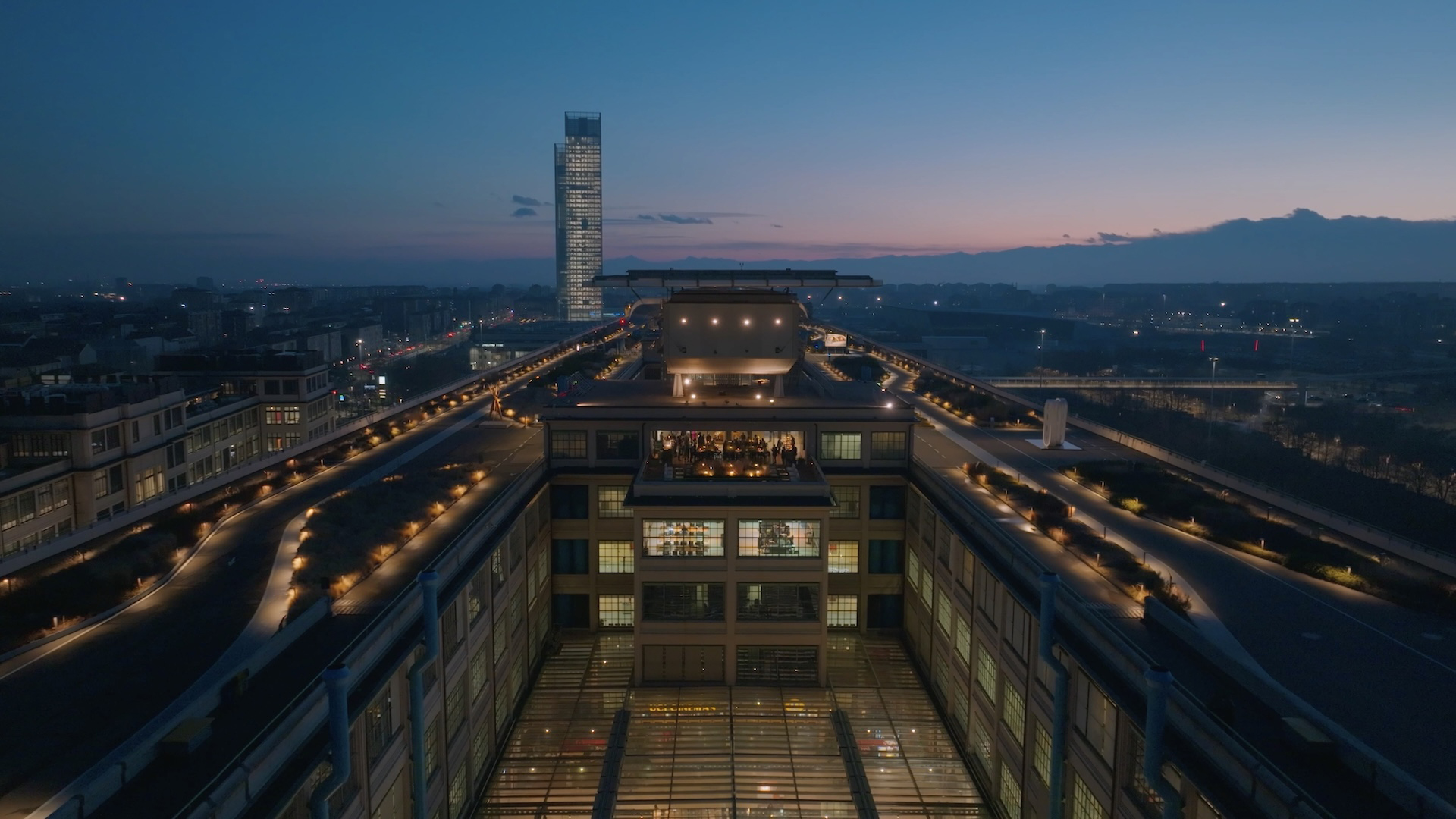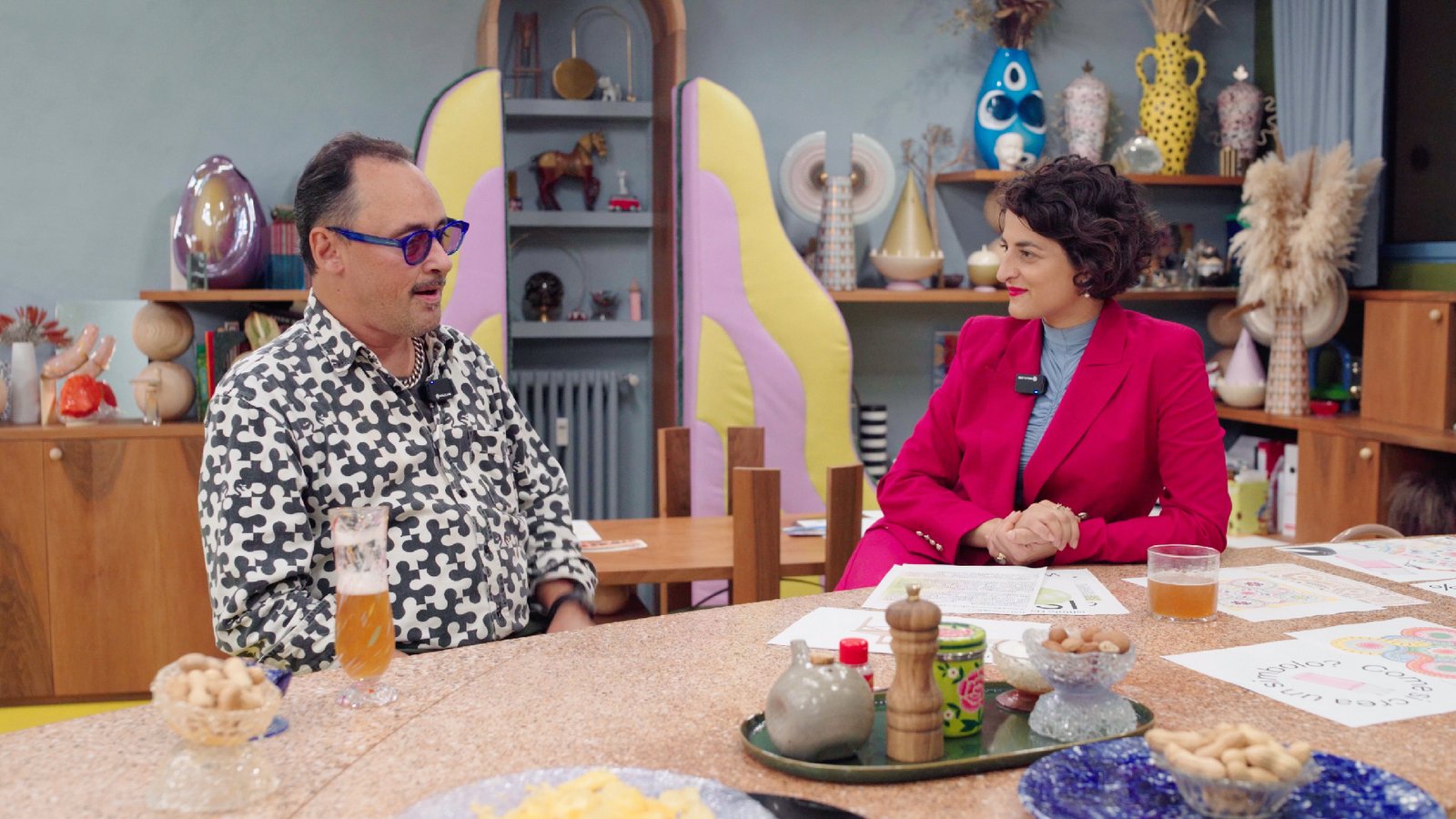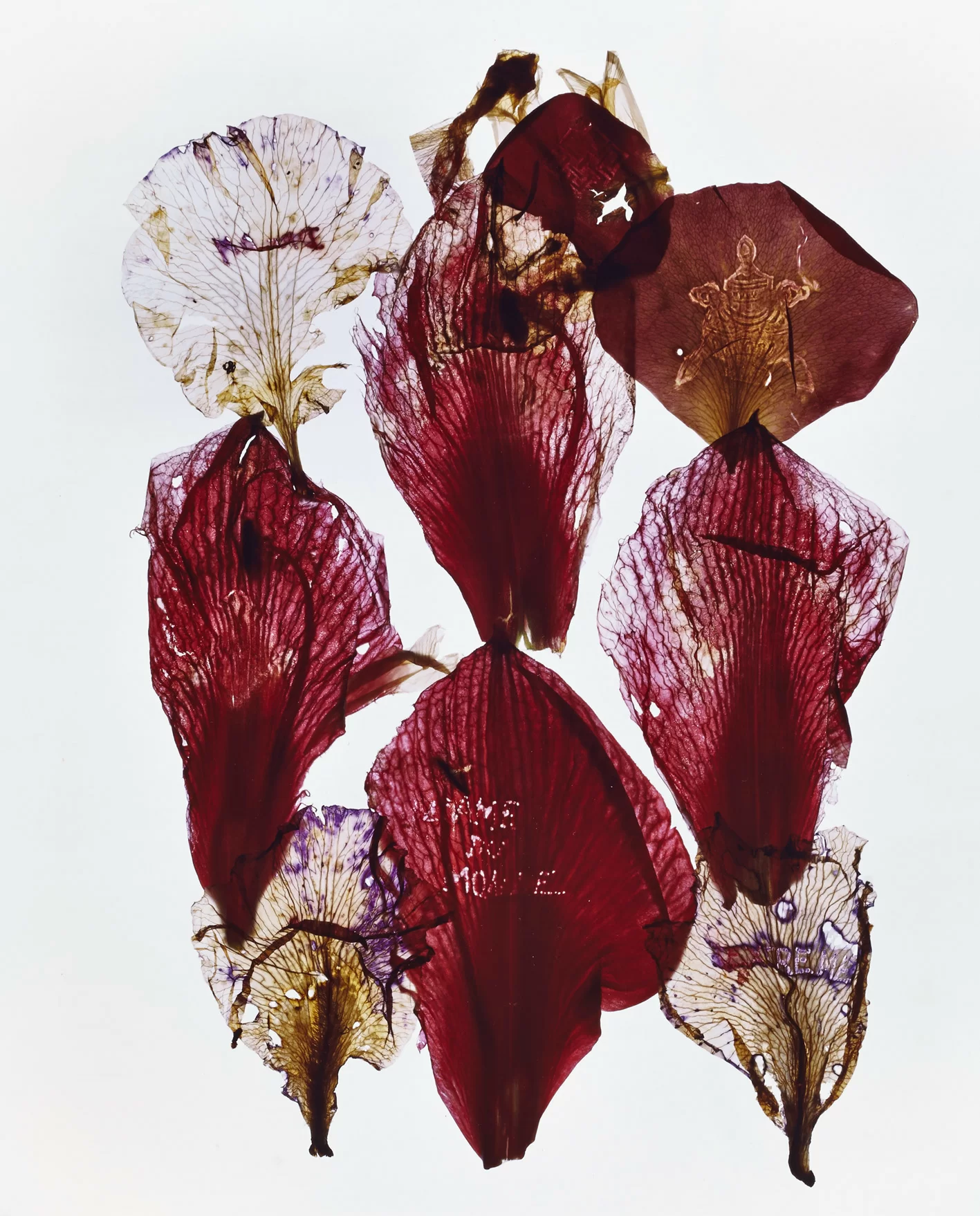
Anne e Patrick Poirier: L’arte della memoria, tra fragilità e mito
Dall’archeologia del ricordo alla poesia della rovina: il viaggio visionario di due artisti inseparabili
Few creative partnerships have fused life and art as deeply as Anne and Patrick Poirier. Born in Marseille in 1941 and Nantes in 1942 respectively, they met at the École nationale supérieure des Arts décoratifs in Paris. It was there that their bond—both human and intellectual—was formed, taking a decisive turn in 1967 when they were jointly awarded the Grand Prix de Rome. Their time at the Villa Medici, under the direction of the visionary Balthus, marked a turning point: from then on, every project bore a double signature, a single voice. Inseparable, in perfect symbiosis.
It was in Rome that their gaze on the world took shape: a gaze that does not chase the new at all costs, but instead turns to the past in order to question the present. Surrounded by the remnants of ancient civilizations, the Poiriers began to explore memory as a living material, a landscape to traverse. During those years, the central themes of their work emerged: ruin, fragment, loss, and the possibility of reconstructing meaning from what remains. Their art is not nostalgic, but deeply poetic, embracing slowness and contemplation.
They define themselves as “archaeologists of memory”—and indeed, they work as such: gathering traces, clues, scattered signs of history—both real and imagined—and reassembling them with the precision of scholars, yet with the sensitivity of those who know how to listen to the silence of things. The materials they use—petals, sands, maps, waxes, photographs—speak of fragility and transformation. In each installation, sculpture, or drawing, one senses a tension between what endures and what disappears.
They work with what is ephemeral, unstable, often damaged. And it is precisely there that they find meaning. Their works do not shout or aim to shock, but invite us to look more closely. A ruined city, an object worn by time, a faded map—each becomes a fragment of a story. Their pieces function as emotional maps, where the viewer is called to complete what is missing, to imagine what once was.
Among their most significant works are pieces like "Eurydice", where the mythological figure becomes a symbol of memory slipping away, and "Fragility", which speaks to the vulnerability of existence. "Gradiva", inspired by Freud, explores the border between dream and reality, between desire and the unconscious. "Sex" instead addresses the body and instinct with reverence and sacredness, treating them as relics to be preserved, not exposed.
More recently, they created a photographic series portraying petals marked by small cuts, scratches, and imprints. These are minimal yet profound gestures that transform a flower into a kind of living skin, traversed by time. Like wounds or tattoos, these marks tell a story: the story of the interaction between the natural and the artificial, between human presence and the passage of time. The petal becomes a surface to be read—fragile, yet powerful.
 Anne e Patrick Poirier, Archives, 2014. Stampa Ilfochrome montata su Dibond, 257x151x6 cm
Anne e Patrick Poirier, Archives, 2014. Stampa Ilfochrome montata su Dibond, 257x151x6 cm
Their entire body of work is driven by a strong ethical impulse: to resist oblivion, to keep collective memories alive, to ensure that what once existed is not erased. In their hands, time becomes something physical, almost tangible. Every fragment is a chance to connect with what was—and with who we are.
Their work has been exhibited in museums and institutions around the world, from the Centre Pompidou to the Venice Biennale. Critics have consistently recognized them as a singular voice—unclassifiable, beyond trends. Two individuals, one vision. Their art is intimate yet universal, and continues to speak with striking relevance today.
In an age that moves fast and forgets quickly, the Poiriers remind us that even what crumbles can still tell a story. That it’s worth slowing down, listening, gathering. And that everything destined to end is still worth remembering.
Cover image: Anne e Patrick Poirier, Archives, 2014
Figlia adottiva di Milano ma nata in Campania. Ne ho raccontato la cultura viscerale, i suoi eccessi sentimentali, il culto del quotidiano e del sacro. Scrivo di arte, moda, cibo, rabbia, eretismo psichico e polemiche sterili. Ho scritto di corpi queer, sangue nell’arte, edicole non ordinarie e di amore. Mi piacciono le parole complesse, la frutta matura e i flussi di coscienza.
